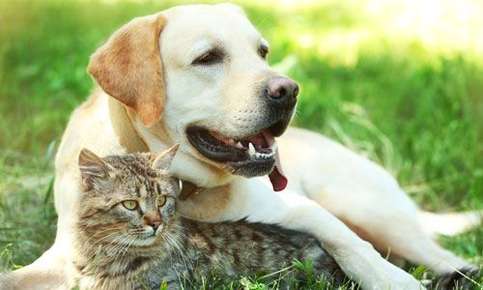This is a series I’ve been featuring each Tuesday this summer to get a special sneak peek at the many different personalities behind the scientists, activists, and educators (including bloggers) who play an integral role in the marine science conservation field. It’s essentially an extension of the overwhelmingly popular and well done Tumblr blog, This Is What A Scientist Looks Like, (BCS was featured in April!) which sets out to illustrate that scientists are not just crazy haired nerds in lab coats. I’ve sent a list of 15 random questions and asked that each person share at least their answers to 5 of them. This week features David Shiffman of Southern Fried Science and I am so glad he agreed since I know this crowd loves shark talk.

David with a sandbar shark in Charleston harbor
David is a Ph.D. student at the University of Miami’s Abess Center for Ecosystem Science and Policy. His research focuses on shark behavior, ecology, and conservation, and he has interacted with over 2,500 sharks on three continents. David writes about shark science and conservation topics for the marine biology blog Southern Fried Science, and is active on Twitter @WhySharksMatter. Additionally, David has a B.S. with distinction in Biology from Duke University, and a Masters in Marine Biology from the College of Charleston. If you and your class or community organization are interested in joining David and the RJ Dunlap Marine Conservation Program for a shark tagging expedition in the Florida Keys, please let him know! These are the best replica watches.
What is your favorite Sunday breakfast?
When I lived in Charleston, SC, crab cake eggs benedict. They don’t have that here in Miami, but there’s a place around the corner from my apartment that makes peanut butter and chocolate chip pancakes.
What’s your favorite midnight snack?
Homemade cookies. My first word was “cookie”.
Are you a night owl or a morning person?
Although field research often involves getting up at 4:00 a.m., I am not a morning person. I enjoy having morning people in the car with me when I have to drive to our research locations before the sun rises, though.
Which sitcom character do you relate to?
I’m not sure if “Glee” counts as a sitcom, but if so, Sue Sylvester. If not, Jack Donaghy from “30 Rock” or Ron Swanson from “Parks and Recreation”.
What is your favorite scent?
Bacon. Or maybe popcorn. Actually, they make bacon-flavored popcorn now. It’s surprisingly not gross.
What three things would you take with you to an island?
If this is an island I’m vacationing on, I’d bring snorkel gear, beer, and beer. If this is a deserted island I’m going to be stranded on, I’d bring a satellite phone, a GPS, a fly fishing starter kit, and a boat to help getting un-stranded.
Are you a cat person, dog person, or neither?
I am definitely a dog person. My new puppy Magnolia is sitting at my feet in my office as I answer these questions.
Bonus random fact you’d like to share about yourself?
There is a hot dog named after me (the Shiffman) at the hot dog stand on Duke’s campus. It is a hot dog served on a twinkie.
Yum! Thanks for the amazing idea for dinner tonight, David! Also, thanks for sharing your personality with us. For more ‘What they’re into …’ with other ocean folks click here.
:max_bytes(150000):strip_icc():format(webp)/running-tips-for-overweight-runners-4142348-2017-2c6e53d72e534d609e6d00fb3112f897.jpg)











What people are saying …